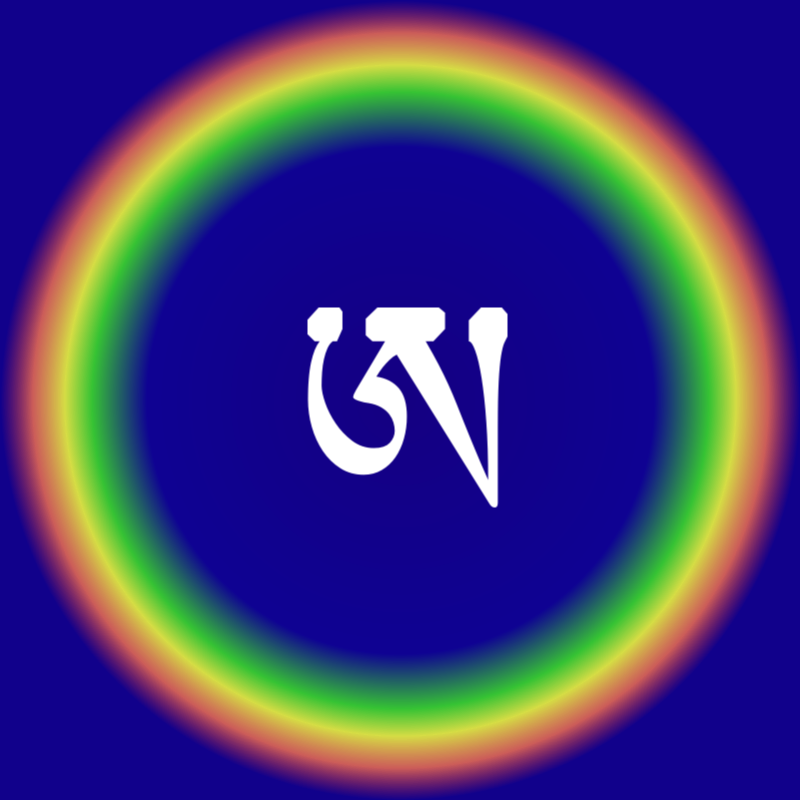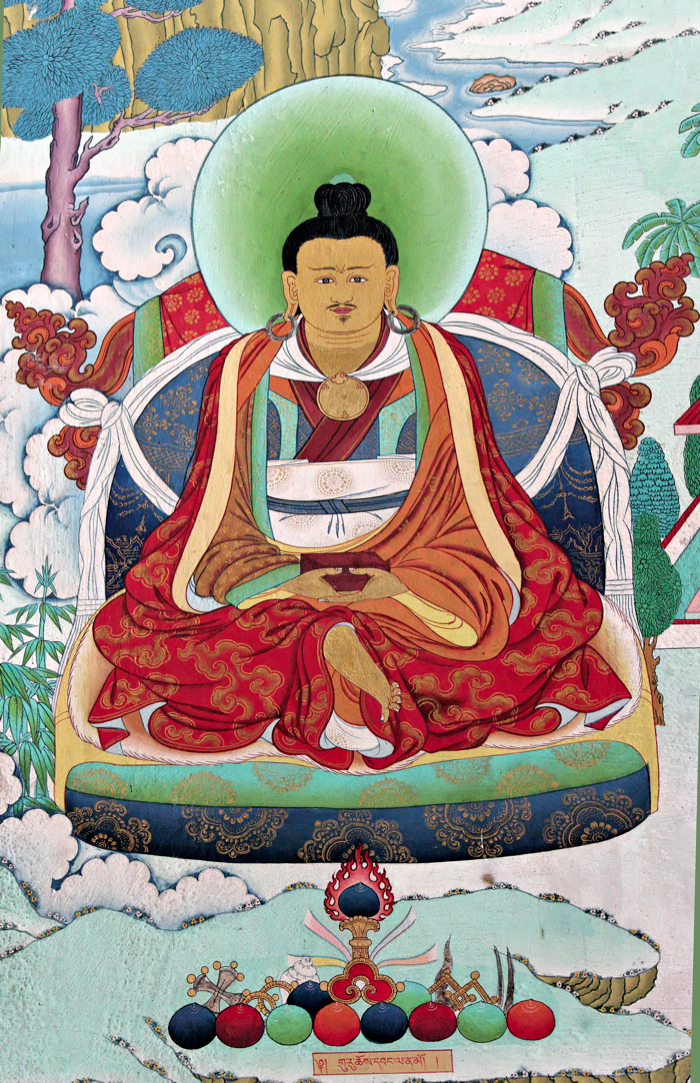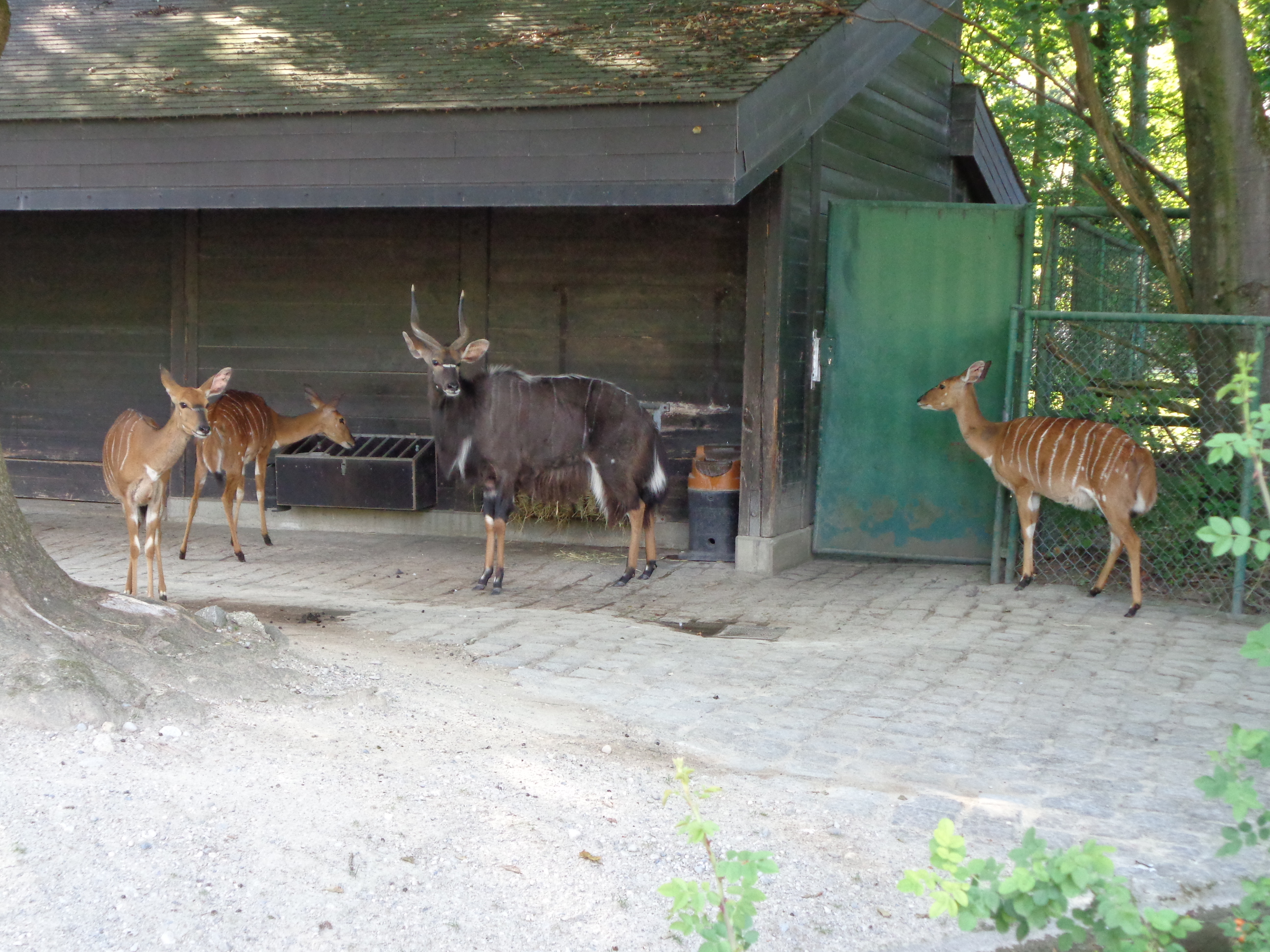|
Nyala Pema Dündul
Nyala Pema Dündul (1816–1872), also known as Terton Nyala Pema Duddul, was a teacher of Dzogchen and Tantric Buddhism in Eastern Tibet Kham (; ) is one of the three traditional Tibetan regions, the others being Amdo in the northeast, and Ü-Tsang in central Tibet. The original residents of Kham are called Khampas (), and were governed locally by chieftains and monasteries. Kham .... In particular, he discovered and practiced the terma of the long-life practice of Guru Amitayus, called the Union of Primordial Essences. Most sources state that the teacher in 1872 attained rainbow body. According to one source, he on purpose did not, but reduced the left dead body in size and transformed it so that it would not decompose. According to the source the small body is now hidden at a secret location. Many of his students attained rainbow body (e.g. Ayu Khandro and Nyala Rinpoche Rigdzin Changchub Dorje). References * Chögyal Namkhai Norbu ''Dream Yoga And The Practice ... [...More Info...] [...Related Items...] OR: [Wikipedia] [Google] [Baidu] |
Dzogchen
Dzogchen (, "Great Perfection" or "Great Completion"), also known as ''atiyoga'' ( utmost yoga), is a tradition of teachings in Indo-Tibetan Buddhism and Yungdrung Bon aimed at discovering and continuing in the ultimate ground of existence. The primordial ground (''gzhi'', "basis") is said to have the qualities of purity (i.e. emptiness), spontaneity (''lhun grub'', associated with luminous clarity) and compassion (''thugs rje''). The goal of Dzogchen is knowledge of this basis, this knowledge is called ''rigpa'' (Skt. ''vidyā''). There are numerous spiritual practices taught in the various Dzogchen systems for awakening rigpa. History Dzogchen developed in the Tibetan Empire period and the Era of Fragmentation (9th-11th centuries) and continues to be practiced today both in Tibet and around the world. It is a central teaching of the Yundrung Bon tradition as well as in the Nyingma school of Tibetan Buddhism. In these traditions, Dzogchen is the highest and most defin ... [...More Info...] [...Related Items...] OR: [Wikipedia] [Google] [Baidu] |
Tantric Buddhism
Vajrayāna ( sa, वज्रयान, "thunderbolt vehicle", "diamond vehicle", or "indestructible vehicle"), along with Mantrayāna, Guhyamantrayāna, Tantrayāna, Secret Mantra, Tantric Buddhism, and Esoteric Buddhism, are names referring to Buddhist traditions associated with Tantra and "Secret Mantra", which developed in the medieval Indian subcontinent and spread to Tibet, Nepal, other Himalayan states, East Asia, and Mongolia. Vajrayāna practices are connected to specific lineages in Buddhism, through the teachings of lineage holders. Others might generally refer to texts as the Buddhist Tantras. It includes practices that make use of mantras, dharanis, mudras, mandalas and the visualization of deities and Buddhas. Traditional Vajrayāna sources say that the tantras and the lineage of Vajrayāna were taught by Śākyamuni Buddha and other figures such as the bodhisattva Vajrapani and Padmasambhava. Contemporary historians of Buddhist studies meanwhile argue that this ... [...More Info...] [...Related Items...] OR: [Wikipedia] [Google] [Baidu] |
Eastern Tibet
Kham (; ) is one of the three traditional Tibetan regions, the others being Amdo in the northeast, and Ü-Tsang in central Tibet. The original residents of Kham are called Khampas (), and were governed locally by chieftains and monasteries. Kham presently covers a land area distributed between five regions in China, most of it in Tibet Autonomous Region and Sichuan, with smaller portions located within Qinghai, Gansu and Yunnan provinces. Densely forested with grass plains, its convergence of six valleys and four rivers supported independent Kham polities of Tibetan warrior kingdoms together with Tibetan Buddhist monastic centers.Jann Ronis"An Overview of Kham (Eastern Tibet) Historical Polities" The University of Virginia The early trading route between Central Tibet and China traveled through Kham, and Kham is said to be the inspiration for Shangri-La in James Hilton's novel. Settled as Tibet's eastern frontier in the 7th century, King Songtsen Gampo built temples along its e ... [...More Info...] [...Related Items...] OR: [Wikipedia] [Google] [Baidu] |
Termas (buddhism)
Terma (; "hidden treasure") are various forms of hidden teachings that are key to Vajrayana and Tibetan Buddhist and Bon spiritual traditions. In the Vajrayana Nyingma school tradition, two lineages occur: an oral ''kama'' lineage and a revealed ''terma'' lineage. Tradition holds that ''terma'' teachings were originally esoterically hidden by eighth-century Vajrayana masters Padmasambhava and Yeshe Tsogyal, to be discovered at auspicious times by treasure revealers known as tertöns. As such, terma represent a tradition of continuous revelation in Vajrayana and Tibetan Buddhism. Tradition Tradition holds that terma may be a physical object such as a text or ritual implement that is buried in the ground, hidden in a rock or crystal, secreted in a herb, or a tree, hidden in water, or hidden in the sky or in space. Though a literal understanding of ''terma'' is "hidden treasure", and sometimes refers to objects that are hidden away, the teachings associated should be understood as ... [...More Info...] [...Related Items...] OR: [Wikipedia] [Google] [Baidu] |
Guru Amitayus
Guru ( sa, गुरु, IAST: ''guru;'' Pali'': garu'') is a Sanskrit term for a " mentor, guide, expert, or master" of certain knowledge or field. In pan-Indian traditions, a guru is more than a teacher: traditionally, the guru is a reverential figure to the disciple (or '' shisya'' in Sanskrit, literally ''seeker f knowledge or truth'' or student, with the guru serving as a "counselor, who helps mold values, shares experiential knowledge as much as literal knowledge, an exemplar in life, an inspirational source and who helps in the spiritual evolution of a student". Whatever language it is written in, Judith Simmer-Brown explains that a tantric spiritual text is often codified in an obscure twilight language so that it cannot be understood by anyone without the verbal explanation of a qualified teacher, the guru. A guru is also one's spiritual guide, who helps one to discover the same potentialities that the ''guru'' has already realized. The oldest references to the con ... [...More Info...] [...Related Items...] OR: [Wikipedia] [Google] [Baidu] |
Union Of Primordial Essences
Union commonly refers to: * Trade union, an organization of workers * Union (set theory), in mathematics, a fundamental operation on sets Union may also refer to: Arts and entertainment Music * Union (band), an American rock group ** ''Union'' (Union album), 1998 * ''Union'' (Chara album), 2007 * ''Union'' (Toni Childs album), 1988 * ''Union'' (Cuff the Duke album), 2012 * ''Union'' (Paradoxical Frog album), 2011 * ''Union'', a 2001 album by Puya * ''Union'', a 2001 album by Rasa * ''Union'' (The Boxer Rebellion album), 2009 * ''Union'' (Yes album), 1991 * "Union" (Black Eyed Peas song), 2005 Other uses in arts and entertainment * ''Union'' (Star Wars), a Dark Horse comics limited series * Union, in the fictional Alliance–Union universe of C. J. Cherryh * ''Union (Horse with Two Discs)'', a bronze sculpture by Christopher Le Brun, 1999–2000 * The Union (Marvel Team), a Marvel Comics superhero team and comic series Education * Union Academy (other), ... [...More Info...] [...Related Items...] OR: [Wikipedia] [Google] [Baidu] |
Rainbow Body
In Dzogchen, rainbow body (, Jalü or Jalus) is a level of realization. This may or may not be accompanied by the 'rainbow body phenomenon'. The rainbow body phenomenon is pre-Buddhist in origin, and is a topic which has been treated fairly seriously in Tibet for centuries past and into the modern era. Other Vajrayana teachings also mention rainbow body phenomena. Rigpa The rainbow body phenomenon is a third person perspective of someone else attaining complete knowledge (). Knowledge is the absence of delusion regarding the display of the basis. Rigpa has three wisdoms, which are ''kadag'', ''lhun grub'' and ''thugs rje''. Kadag deals with ''trekchö''. The ''lhun grub'' aspect has to do with esoteric practices, such as (but not limited to) tögal, that self-liberate the human body into a Sambhogakāya (rainbow body phenomenon). The symbol of Dzogchen is a Tibetan "A" wrapped in a ''thigle''. The "A" represents ''kadag'' while the ''thigle'' represents ''lhun grub''. The thi ... [...More Info...] [...Related Items...] OR: [Wikipedia] [Google] [Baidu] |
Ayu Khandro
Ayu Khandro (Long Life Dakini), also known as Dorje Paldrön, lived from 1839 to 1953. She was a practitioner, yogini, and terton of Tibetan Buddhism in Eastern Tibet. An accomplished Dzogchen meditator, she is renowned for her extensive pilgrimages throughout Tibet, long periods of dark retreat practice, the gongtera directly revealed text, terma, in the mind of the practitioner of the practice of the yidam Senge Dongma (the Lion-Faced Dakini), various forms of Chöd, and her lifelong dedication to spiritual practice. The information we have about Ayu Khandro comes from the oral commentary that she personally gave to Chogyal Namkhai Norbu in Dzongsa, 1951. He wrote her namthar, or spiritual biography, which was later published in ''Women of Wisdom'' by Tsultrim Allione. Ayu Khandro met, and was taught by, many great masters of her day ; Jamyang Khyentse Wangpo, Jamgon Kongtrul the First, Chokgyur Lingpa, Nyala Pema Dündul, Adzom Drukpa, Togden Rangrig and the ninth Tai S ... [...More Info...] [...Related Items...] OR: [Wikipedia] [Google] [Baidu] |
Nyala Rinpoche Rigdzin Changchub Dorje
The lowland nyala or simply nyala (''Tragelaphus angasii'') is a spiral-horned antelope native to southern Africa. It is a species of the family Bovidae and genus '' Tragelaphus'', previously placed in genus ''Nyala''. It was first described in 1849 by George French Angas. The body length is , and it weighs . The coat is maroon or rufous brown in females and juveniles, but grows a dark brown or slate grey, often tinged with blue, in adult males. Females and young males have ten or more white stripes on their sides. Only males have horns, long and yellow-tipped. It exhibits the highest sexual dimorphism among the spiral-horned antelopes. It is not to be confused with the endangered mountain nyala living in the Bale region of Ethiopia). The nyala is mainly active in the early morning and the late afternoon. It generally browses during the day if temperatures are and during the night in the rainy season. As a herbivore, the nyala feeds upon foliage, fruits and grasses, and requ ... [...More Info...] [...Related Items...] OR: [Wikipedia] [Google] [Baidu] |
1816 Births
This year was known as the ''Year Without a Summer'', because of low temperatures in the Northern Hemisphere, possibly the result of the Mount Tambora volcanic eruption in Indonesia in 1815, causing severe global cooling, catastrophic in some locations. Events January–March * December 25 1815–January 6 – Tsar Alexander I of Russia signs an order, expelling the Jesuits from St. Petersburg and Moscow. * January 9 – Sir Humphry Davy's Davy lamp is first tested underground as a coal mining safety lamp, at Hebburn Colliery in northeast England. * January 17 – Fire nearly destroys the city of St. John's, Newfoundland. * February 10 – Friedrich Karl Ludwig, Duke of Schleswig-Holstein-Sonderburg-Beck, dies and is succeeded by Friedrich Wilhelm, his son and founder of the House of Glücksburg. * February 20 – Gioachino Rossini's opera buffa ''The Barber of Seville'' premières at the Teatro Argentina in Rome. * March 1 – The Gork ... [...More Info...] [...Related Items...] OR: [Wikipedia] [Google] [Baidu] |
_(8697431158).jpg)





